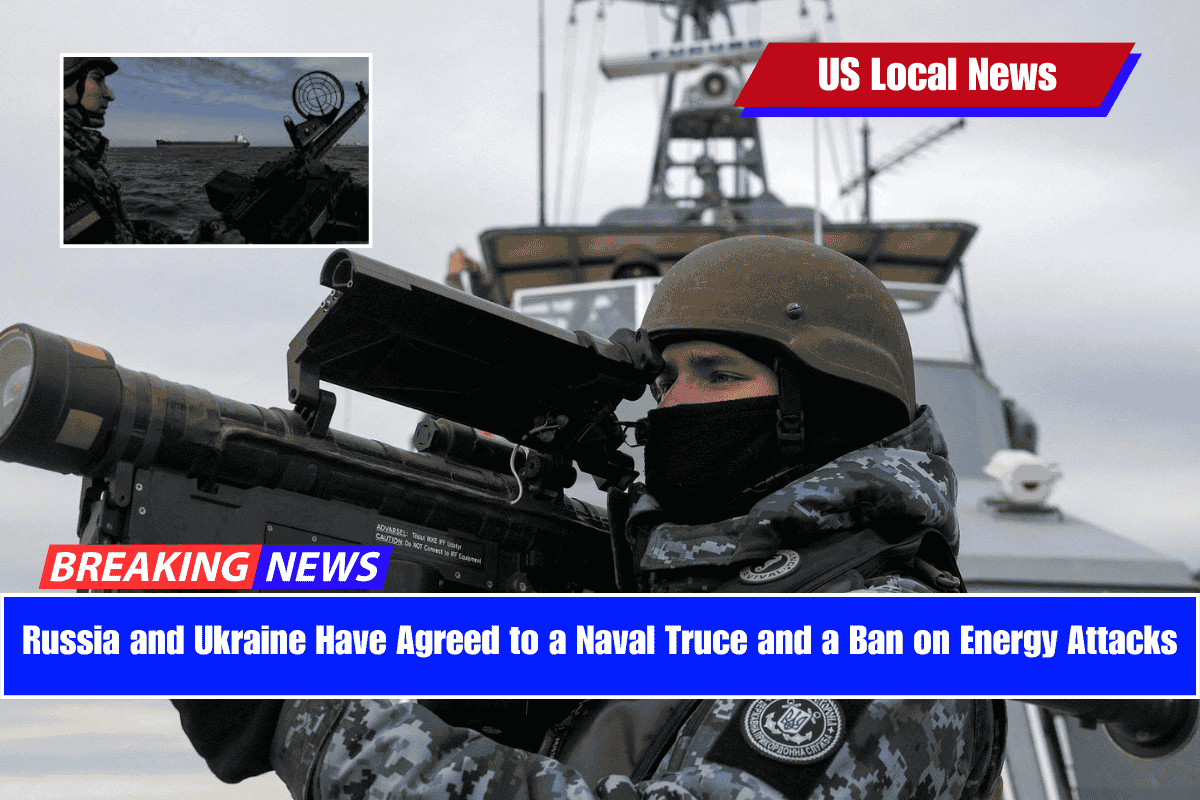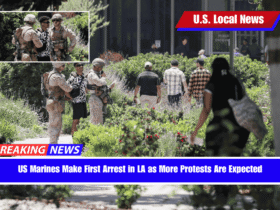WASHINGTON, D.C. – In a significant development aimed at easing tensions in the ongoing Russia-Ukraine war, the United States has brokered separate agreements with Ukraine and Russia to ensure safe navigation in the Black Sea and to halt attacks on each other’s energy infrastructure.
If successfully implemented, these agreements could mark a major step towards a broader ceasefire and future peace talks, as part of President Donald Trump’s push to end the three-year-old conflict.
U.S. to Act as Enforcer of the Agreements
Both Ukraine and Russia have agreed to rely on Washington to enforce the new terms. Speaking at a press conference in Kyiv, Ukrainian President Volodymyr Zelenskyy said:
“If the Russians violate this, then I have a direct question for President Trump. If they violate, here is the evidence — we ask for sanctions, we ask for weapons.”
Russian Foreign Minister Sergei Lavrov also commented, stating that guarantees from Washington were essential:
“Given the sad experience of past agreements with just Kyiv, the guarantees can only come from an order from Washington.”
Agreements Reached in Saudi Arabia
The deals were finalized during talks held in Saudi Arabia, following separate phone calls last week between President Trump and both President Zelenskyy and Russian President Vladimir Putin.
While Ukraine previously supported Trump’s proposal for a 30-day full ceasefire, Putin rejected it, instead agreeing to the more limited steps now in place.
Black Sea Navigation and Military Conditions
Under the new agreement, safe passage for commercial ships in the Black Sea has been ensured. This is especially important for Ukrainian grain exports, which are crucial for global food security.
Ukraine’s Defence Minister Rustem Umerov warned that any movement of Russian naval vessels outside the eastern Black Sea would be treated as a violation and could trigger self-defence actions.
This follows the period after 2023, when Russia withdrew its naval presence from the eastern Black Sea following a string of Ukrainian attacks. Since then, Kyiv has resumed port exports, reaching near pre-war levels despite earlier breakdowns in U.N.-brokered shipping agreements.
Pause on Attacks on Energy Infrastructure
The agreements also include a mutual pause on strikes targeting energy facilities.
- Russia has repeatedly targeted Ukraine’s power grid with drones and missiles, claiming it is part of Ukraine’s war support system.
- Recently, Ukraine began long-range attacks on Russian oil and gas facilities, arguing they fuel the Russian military and bring in money to fund the war.
Both sides have now agreed to stop such attacks, at least temporarily.
What Russia Gets in Return
As part of its agreement with Moscow, Washington has promised to help Russia regain access to international markets for its agricultural and fertiliser exports. The Kremlin has said this will require easing some existing Western sanctions.
This is seen as a major shift in U.S. policy under Trump, who has moved from strong support for Kyiv to a more balanced and business-focused approach towards Moscow.
Fears of a Hasty Deal
While Trump says he wants to bring the war to a quick end — a promise from his presidential campaign — Ukraine and some European allies have raised concerns. They worry Trump might strike a deal with Putin that forces Kyiv to:
- Drop its NATO membership plans
- Give up four regions currently occupied by Russia
Ukraine has firmly rejected these terms, calling them equivalent to surrender.











Leave a Reply